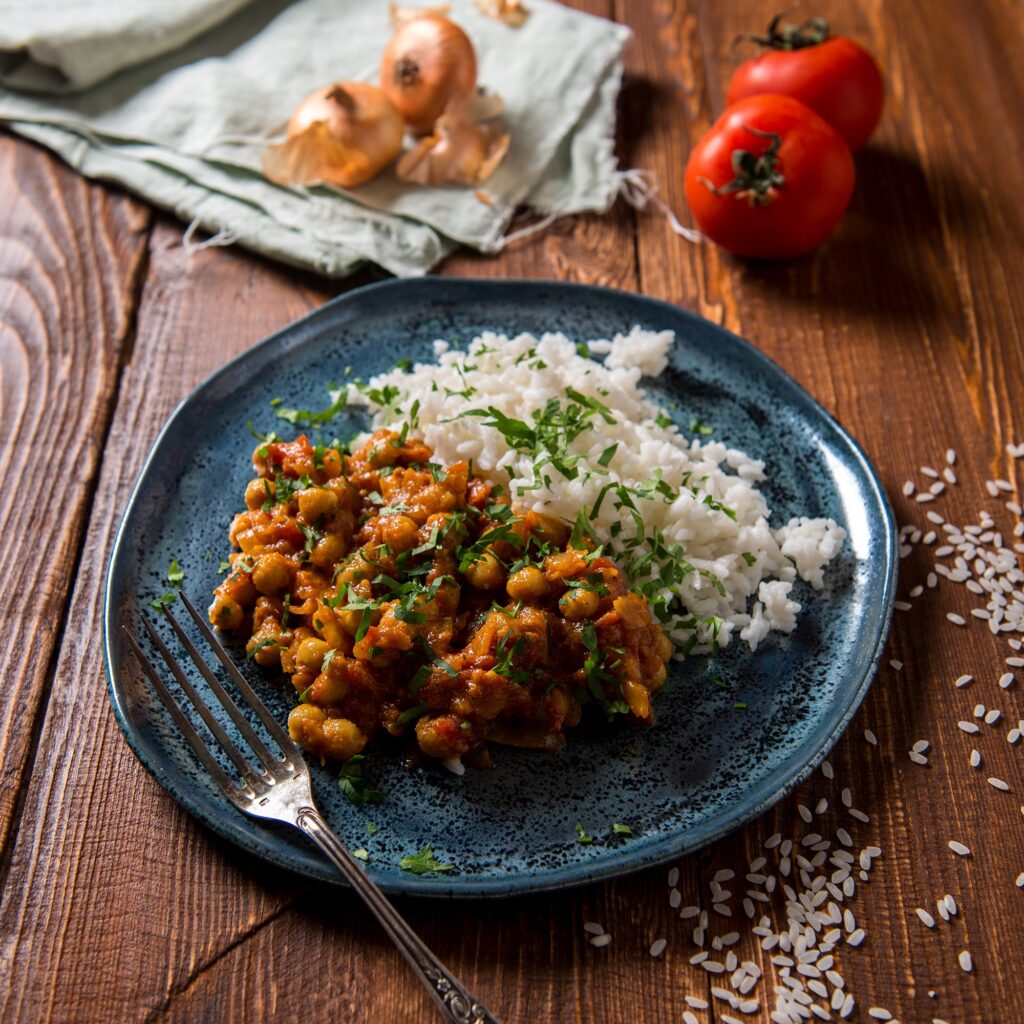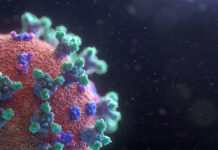It rained steadily today, which is good for the garden, but means we cannot work outside. We pushed today’s outdoors activities off until tomorrow and did some reading and relaxing and we both had a conference call and later touched bases with family. It was a good day. Very much like a lazy Saturday a few months back.
Forced to work inside, I worked out and then I cleaned and lubed the rest of my guns. I found that most of them are in good shape – no actual cleaning required and just some light oiling. Those that need the most attention are my daily carries, which tend to collect holster lint, and the rifle that often resides in the car. The Remington 870 I keep by my bed was dusty and had some rug lint, but it functioned just fine. Given the amount of dust, it probably good that it is a pump and not a semi auto.
While cleaning the guns, I also check the flashlights and optics to ensure they are operative and that the batteries are in good shape and that nothing has corroded. Where possible, I use lithium cells, even with AAs, because they are not prone to corrosion like an alkaline battery. Yes, lithium AA batteries are a couple bucks more expensive, but who wants to ruin an Aimpoint 4 because they skimped on batteries? Plus, their longer shelf live and run time is bonus that might save your life on day.
Tapping into the Storage Food
My wife and I have perused the #10 cans in our prepper pantry and decided what to pull out for consumption. Turns out we do not need to open the grits yet because we have some in the pantry, so we made grits for breakfast and I fried up the eggs to go on top.
While we have 5-gallon pails of pinto beans, we seem to have mostly black beans and lima beans in #10 cans, and we’d much rather open a #10 can than a 5-gallon pail. We also have plenty of lentils and split peas in #10 cans. I see split pea soup in my immediate future as our goal is to use that of which we have the most.

Some years ago, I lost 20 or so pounds on Tim Feris’ slow carb diet, which included the consumption of more beans and lentils than I normally consumed in a five year span. In fact, I had lentil soup just about every day for lunch. I just hope my wife kept some of those bean-intensive recipes! We may need them.
Optimism vs Pessimism
With each doom and gloom newscast and each new report of some celebrity, ball player, or politician coming down COVID-19, we become more and more convinced that our decision to self-quarantine ourselves was the right one. I’m not sure why more people aren’t taking similar steps.
A couple days ago, I stated that I was vacillating between pessimism and optimism. After some further contemplation, I’ve decided that I am pessimistic in the short term because this situation is going to get worse. In the longer term, meaning two or more years down the road, I remain optimistic. Our job, as preppers, is to survive and get to the other side.
The progression of numbers we report every morning makes it clear that we are going to see cases soar for at least a more few weeks. Because we are not arresting people who leave their house and forcing people who test contagious into camps under the guise of “helping” them, I would not be surprised if our numbers eventually surpass those reported by China. We may be flattening the curve, but we are also stretching it out. When you stretch things, they often break. The question is, how far can we stretch thing before people snap, the system breaks and all hell breaks loose.
New York has reported that 13 percent of their cases require hospitalization. With more than 20,000 cases reported, that means 2,600 patients require hospitalization. If they continue to see 8,000 new cases per day, that equates to 1,000 new hospital beds. It’s easy to see how quickly hospitals could be overwhelmed.
Even as field hospitals are being built and hospital ships dispatched, there are concerns that it won’t be enough and that there will be shortages of supplies and life-saving instruments.
In Italy, where there are 64,000 cases and more than 6,000 deaths, doctors have to triage patients, deciding who gets a ventilator and who does not. We’re probably only weeks away from having to make these tough decisions in the U.S. Also in Italy, stacks of coffins overflow storage areas and have to be transferred in army trucks, while in Iran body bags filled with the dead are stacked like firewood and mass graves are large enough to be seen on satellite imagery. In the U.S., refrigerated trucks are often used for storing the dead in disasters. We’ll probably see them in use in the hardest hit areas as the death toll grows.
In short, it’s going to get worse. But like all pandemics, this will eventually end. It will end when one of three things happens:
- We develop a vaccine and produce enough doses to treat at least two thirds of the population. This is at least a year away.
- We develop a treatment that reduces the severity of the disease, allows the vast bulk of patients to be treated at home, and reduces the mortality rate to less than 1 percent. While we have a candidate for this, we lack the testing and real-world experience to see if it is indeed as successful as we hope. I have not seen any indication on how long it will take to ramp up production and provide sufficient quantities of these drugs to have a material impact on hospitalizations and deaths.
- We reach a point where so many people have had and recovered from COVID-19 that the country develops what is known as herd immunity. Then we can treat this like the flu, which is an inconvenience to most of us, but not a death sentence. This would naturally occur within two or three years if the disease progressed unchecked. The down side of the virus running its course naturally is that it will sicken and kill millions in the meantime.
Once we get beyond the immediate negative consequences of the pandemic, both to human health and our economy, I think things look up. Humanity has survived countless pandemics and persevered. Dreadful diseases like smallpox, which killed 50 million annually at its peak, and polio plagued us in our grandparents time.
We have faced down other disasters, attacks, and wars and emerged stronger and healthier. My mother was a young child during World War II, but I remember the stories she would tell us of living in San Diego while her father worked for the Navy and needing to pull the blackout curtains every night because they feared being bombed. I remember her stories about households turning in pots and pans so that the metal could be used to build airplanes and munitions. I’ve seen the book of stamps they used to ration gasoline.
I remember where I was on 9/11. I was at work and got a call from a friend telling me to turn on the TV. I did, just in time to see the second airliner strike the Twin Towers. Then, it was traumatic; today, it’s just a story. I expect one day we’ll be telling our grand kids stories about living through the COVID-19 pandemic. I just hope we won’t have to do it from a socially acceptable distance of six feet.






